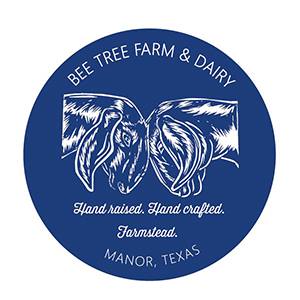Predator and Prey
Over the past few weeks, my flock of baby chickens has dwindled. At first we suspected neighboring dogs. We even suspected the guard puppies who have developed a very specific thirst for poultry, although they haven’t successfully dined on our birds – yet. I followed my own protocol in the rearing of the newest flock of chicks purchased in late summer in an effort to really beef up my egg production and also because I realized it’s a lot easier to raise baby chicks outside in late summer then in the guest bedroom at the tail end of winter. My protocol involves opening the door of the chick house during the day once they have lost every last baby feather. It allows them to run through the weeds and scratch for bugs, chase butterflies, and start to follow the big hens through the pastures. I did the same with the first flock from the spring. I did the same with my flock in Austin. They naturally run back into the baby coop at night where they’re tucked in safely until sunrise.
I assume the chick snatching started when a hawk flew by and caught sight of movement down below in the grass. They perch on electric wires everywhere with bright black eyes focused down like lasers onto the ground below. First one chick was missing. A few days later, we saw another was gone. Now we’re down to just a fraction from where we started. Today I fear a hawk has taken one of the adult, laying hens. These are the kinds of situations that test your fundamental philosophy on animal husbandry. Opinions on this subject cover the spectrum and this blog isn’t necessarily the forum for them. I am aware of the fact that building a large coop and placing all chickens within its confines 100% of the time will reduce poaching probably down to 0. It would also eliminate the proud definition of (true) free-range from my egg classification, in addition to robbing them of their natural instincts to forage freely. I could build a chicken tractor and roll them around the pasture each day – another unappealing option as it still restricts movement. Both options are just that – options – but neither fits my own belief system about how to raise chickens. Some might call it animal cruelty to let them roam free and expose them to predators. Others might claim penning them is another form of cruelty. No matter where you or I stand on those kinds of issues, one thing is certain: everything here is food for something else.
I am as much predator as the hawk that’s been swooping down from his sniper spot in the trees. As soon as my hens are spent, they will be food for this table in addition to the food they provided over the course of their laying lives. Eating food raised myself is a sharp reminder that I compete with the other predators who dwell in the country. How badly do I want to protect my food? Do I attack the competition? Do I cage the food? In the garden I’ve been battling grasshoppers and assorted caterpillars. I poison them with Neem oil. I pick them off leaves and feed them to the (free-range) chickens who often stand outside the garden while I weed. It’s part of their place in my food chain: both the birds and the bugs. I could get really aggressive and grow the plants inside under grow lights, but that doesn’t fit into my food philosophy. Neither does caging chickens.
So now we venture into the realm of hawk deterrents – scarecrows? Shooting BB guns up into the trees? Nothing is foolproof. In the future I’ll be more aggressive with the competing predators as soon as I bring the box of peeps home and discourage hawks before they even have the option of easy meals. And I’ll buy more chicks to hedge my bets. In the same vein, it’s mid-October, and the coyotes have started waking up out in the hills. Two times already I’ve heard a pack cross through our lower pasture. They howl and yip as they move under the cactus and mesquite. In the morning I find they’ve left scat as an introduction – like an unanswered knock at the door, “I was here while you were away. I’ll be back.” When possible, I try to get my own dogs to pee nearby or rub their scent on a tree. Like the chickens, I could cage the goats and keep them safe inside a building. But I refuse to give my animals an artificial existence by artificially removing them from the natural order of things. Controversial or not, that’s what it is, for this farmer – at least.
